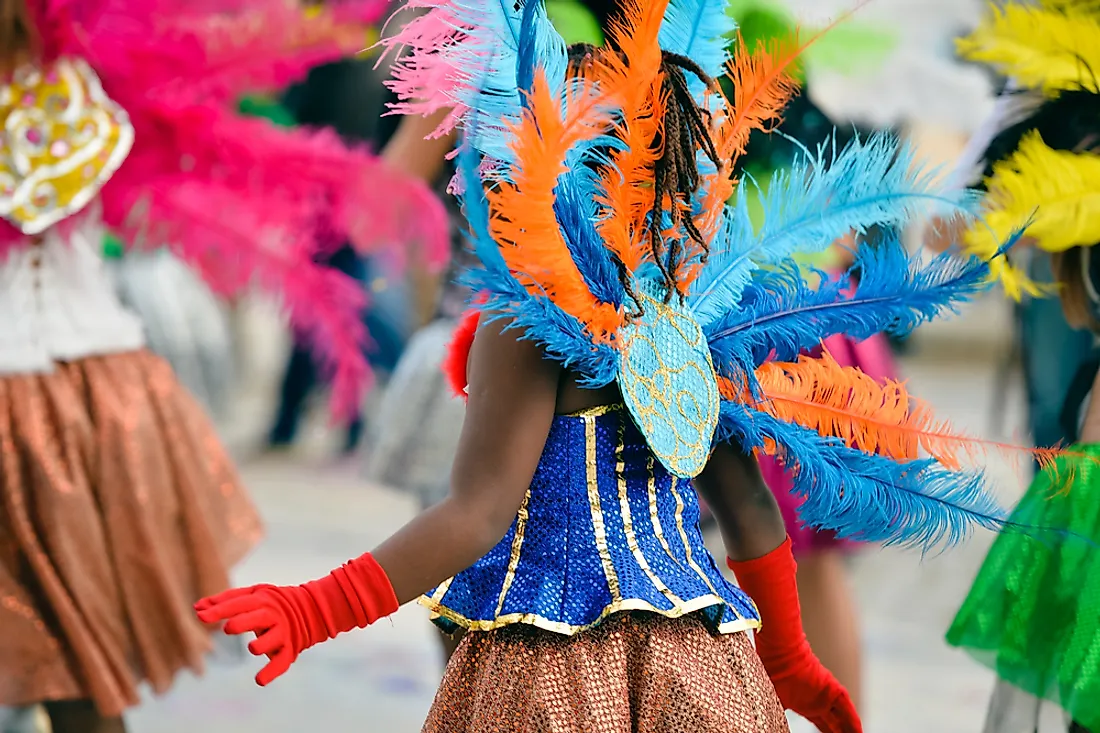The Rio de Janeiro Carnival

Every year, the city of Rio de Janeiro, Brazil holds the world's biggest carnival event known as the Rio de Janeiro Carnival. Featuring about 2 million people every day on the streets, the carnival is held only a few days before Lent. A typical Rio de Janeiro Carnival parade features adornments from a wide range of samba schools located in the city, floats, and revelers. The celebrations start on Friday night at noon and last until the coming Wednesday. The days and nights of the carnival are filled with people having fun accompanied by music and drinking. Every year about half a million visit the city just to attend the Rio de Janeiro Carnival.
History of the Carnival
The unique historical characteristics of the Rio de Janeiro Carnival are deeply rooted in a cultural fusion between Portuguese and African culture. While the Portuguese brought the idea of a festival which is an alternative name for Carnaval (carnival) in Portuguese from Europe, people in Africa who were living in Latin America had their music, dance moves, and rhythms. However, Rio's first Carnival celebration can be traced back to 1973. It was brought to the region by Portuguese immigrants who called it Entrudo. Initially, Entrudo featured a big water fight where people tried to soak each other with limes and water. No person, not even royalty, was immune to getting soaked. However, the practice was eventually outlawed as Brazilian authorities did not like having so many people out of control.
Evolution of the Carnival
During the mid-19th century, a man named Jose Nogueira de Azevedo, who was a Portuguese shoemaker, marched through the streets of Rio playing whistles, tambourines, and drums. Azevedo welcomed anyone who wanted to join his march. The march eventually grew into a big event known as Ze Pereira. In 1855, the Grandes Sociedes became the parade for aristocrats. Around 80 members of the upper class together with the emperor would wear elaborate costumes and put on masks before parading through the city to the beat of the music. By 1870, characters who could perform according to the costumes they were given were introduced to the celebrations.
Introduction of Floats at Rio's Carnival
The Carnival introduced the parade of floats sometime in 1907 through an event known as Corso. During this era, the parade featured cars passing through the city - motor vehicles were a comparatively new invention at the time. In the meantime, parade watchers would drop confetti and streamers on the parade. Ranchos Carnavalescos is another portion of modern Carnival. It started in 1872 but was not popular until 1911. At Ranchos Carnavalescos, the participants in the parade would dress up in costumes and perform to music played by musicians. With time, Ranchos Carnavalescos became popular such that its participants started competing to become more entertaining and elaborate. Ranchos Carnavalescos are currently most popular part of the Carnival. The parades were only halted during World War II, but they later returned in1947.
Samba Schools
Samba music is mainly played during the Rio Carnival. It is a musical ritual which involves dancing to handclaps and drums. Samba schools are a crowd favorite at the Rio Carnival with approximately more than 200 schools divided into five divisions. Each samba school comprises of a collaboration of local neighbors who have the desire of attending the Carnival together. Every school has to follow a specific order when entering the parade.











